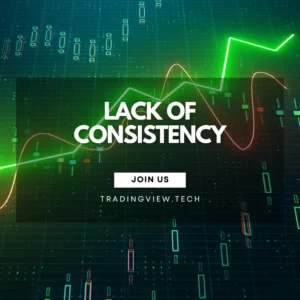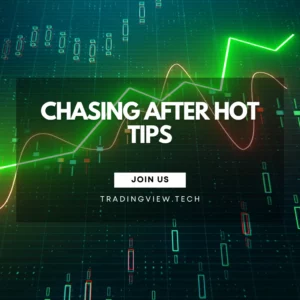Orders are the foundation of any trading strategy, determining how and when trades are executed. Whether you’re buying stocks, forex, or crypto, placing the right order is crucial for optimizing entry and exit points. Misplacing an order can lead to unnecessary losses, while choosing the correct one can help maximize profits.
Traders primarily use orders to manage risk, automate executions, and ensure they buy or sell assets at desired prices. Understanding the different order types allows traders to navigate volatile markets effectively and avoid costly mistakes.
In this article, we will break down the most common types of trading orders and explain how to use them efficiently. Let’s start with the two fundamental order types: market and limit orders.
Market and Limit Orders
Market and limit orders are the most commonly used order types, each serving a different purpose.
A market order is executed immediately at the best available price. It is ideal when speed is a priority, ensuring the trade is completed instantly. However, in volatile markets, the final execution price may differ from the expected one due to slippage.
A limit order, on the other hand, allows traders to specify the exact price at which they want to buy or sell an asset. This ensures better control over the entry and exit points but does not guarantee immediate execution. If the market doesn’t reach the set price, the order remains open until filled or canceled.
When to use:
- Market orders: When rapid execution is crucial, such as during news events or high volatility.
- Limit orders: When targeting specific entry/exit points and avoiding slippage.
Stop and Stop-Limit Orders
Stop and stop-limit orders help traders manage risks by setting predefined price levels for buying or selling.
A stop order (also known as a stop-loss or stop-market order) is triggered when the asset reaches a specified price, executing as a market order. It is primarily used to limit losses or secure profits in fast-moving markets. However, during extreme volatility, slippage can occur, resulting in execution at a different price than expected.
A stop-limit order combines the features of a stop order and a limit order. When the stop price is reached, the order is placed as a limit order, meaning it will only execute at the specified price or better. This eliminates slippage risk but may lead to unfilled orders if the market moves too quickly.



